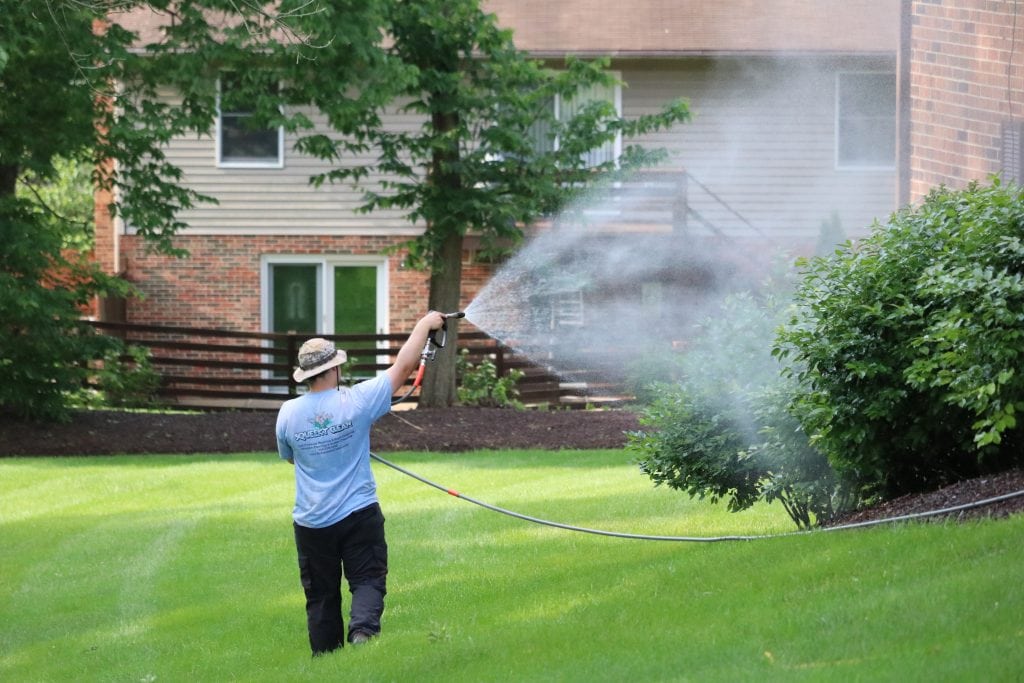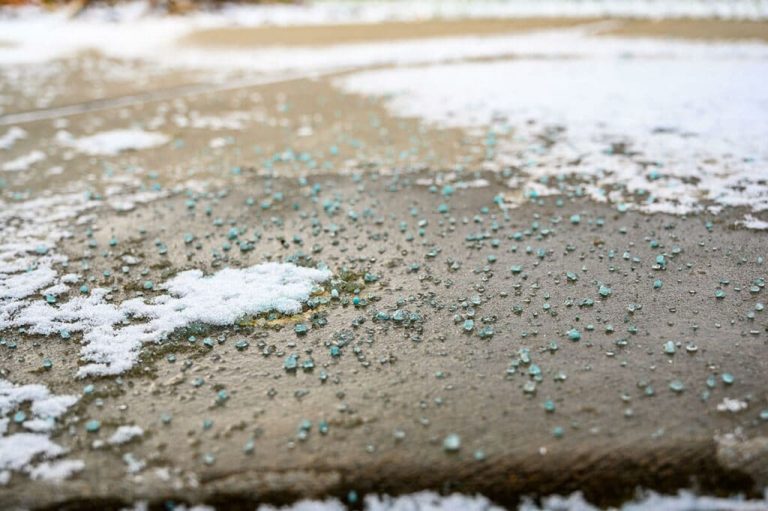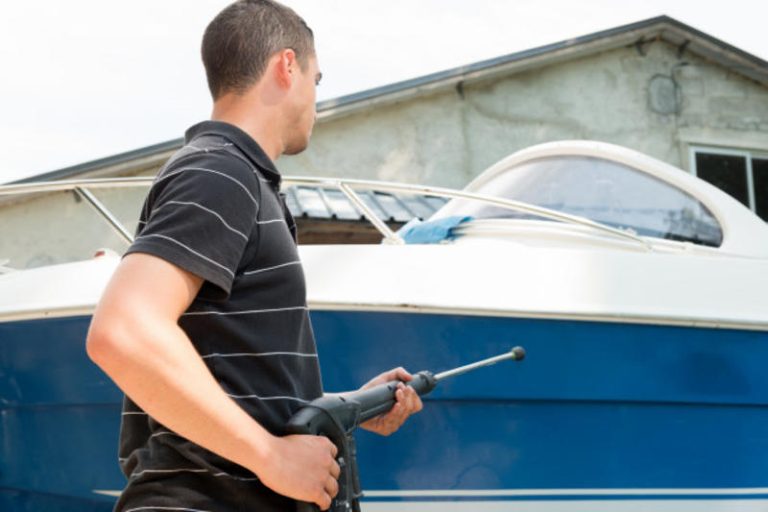
Power washing your home, driveway, or deck can instantly boost curb appeal—but what about your garden? Many homeowners are shocked to see their beautiful landscaping wilt, brown, or die after a seemingly harmless cleaning job.
So the question is: Can power washing damage landscaping or gardens? The answer is yes—but with the right techniques and precautions, it’s totally preventable.
Here’s how to protect your plants while keeping your property spotless. 🌿✅
💥 How Power Washing Harms Plants
- High Water Pressure
A direct blast of 2,000+ PSI can shred leaves, snap stems, or uproot small plants. - Cleaning Chemicals and Detergents
Many detergents used in power washing contain bleach, degreasers, or surfactants. These can damage roots, burn leaves, and contaminate soil. - Runoff and Splashing
Even if you’re not aiming at your plants, water runoff can carry soap, dirt, or mildew into your flower beds. - Sudden Soil Saturation
Excess water can drown delicate root systems, especially in compacted beds. - Heat from Direct Sunlight + Spray
Combining power washing and sun exposure can scorch plant leaves, especially if chemicals dry on them.
🚫 Signs of Landscaping Damage
- Browning or burned leaves
- Drooping stems or wilted flowers
- Patchy dead spots in grass
- Foamy or soapy residue on foliage
- Discolored or slimy mulch
If you notice these signs after a cleaning job, it’s likely the result of runoff or overspray.
🧽 How to Protect Plants Before Power Washing
- Pre-Water All Plants 🌱
Spray your landscaping with clean water before starting. This saturates the soil and reduces the chance of chemical absorption. - Cover Plants with Drop Cloths or Plastic
Use breathable mesh tarps, sheets, or painter’s plastic to shield sensitive flowers and shrubs. - Move Potted Plants
If your cleaning area is near containers or planters, simply move them away to avoid risk. - Turn Off Drip Irrigation Systems
You don’t want these pulling in any chemical-laced runoff during or after washing.
🚿 During the Job: Best Practices
- Use low-pressure settings near flower beds or edges
- Angle the spray away from your landscaping
- Use biodegradable, plant-safe cleaners labeled “non-toxic”
- Rinse plants down again after power washing to flush any residue
- Direct runoff away using barriers, trenches, or garden edging
💡 Tip: Some pro-grade machines come with detergent control knobs that let you reduce solution strength near gardens.
Browse Amazon Here For Top Rated Power Washers And Accessories
🛠️ Cleaners to Avoid Near Plants
- Bleach-heavy mixtures (sodium hypochlorite)
- Ammonia or degreasers
- Acidic rust removers
- Solvent-based cleaners
Instead, choose eco-friendly detergents that break down quickly and are safe for pets, people, and plants. 🌍
🪴 After Power Washing: Post-Care Tips
- Rinse all plant leaves and grass with fresh water
- Check for chemical burns or leaf damage
- Trim affected stems or blooms to prevent spreading decay
- Replenish mulch if it was washed out or displaced
✅ Final Thoughts
Power washing doesn’t have to come at the expense of your garden. By prepping properly and using safe practices, you can keep your home and your landscaping looking their best.
A clean house and a healthy yard? That’s the real curb appeal. 🌿🧼🏡
Browse Amazon Here For Top Rated Power Washers And Accessories






